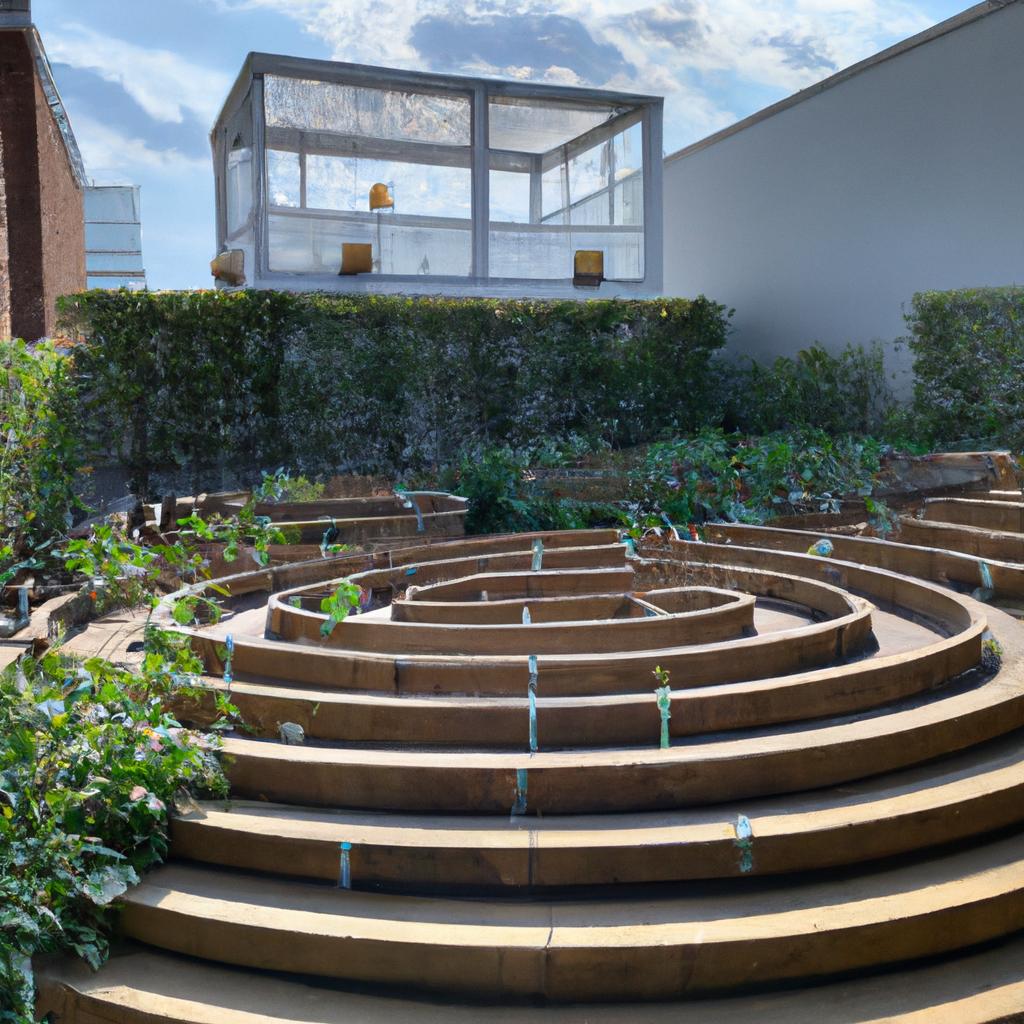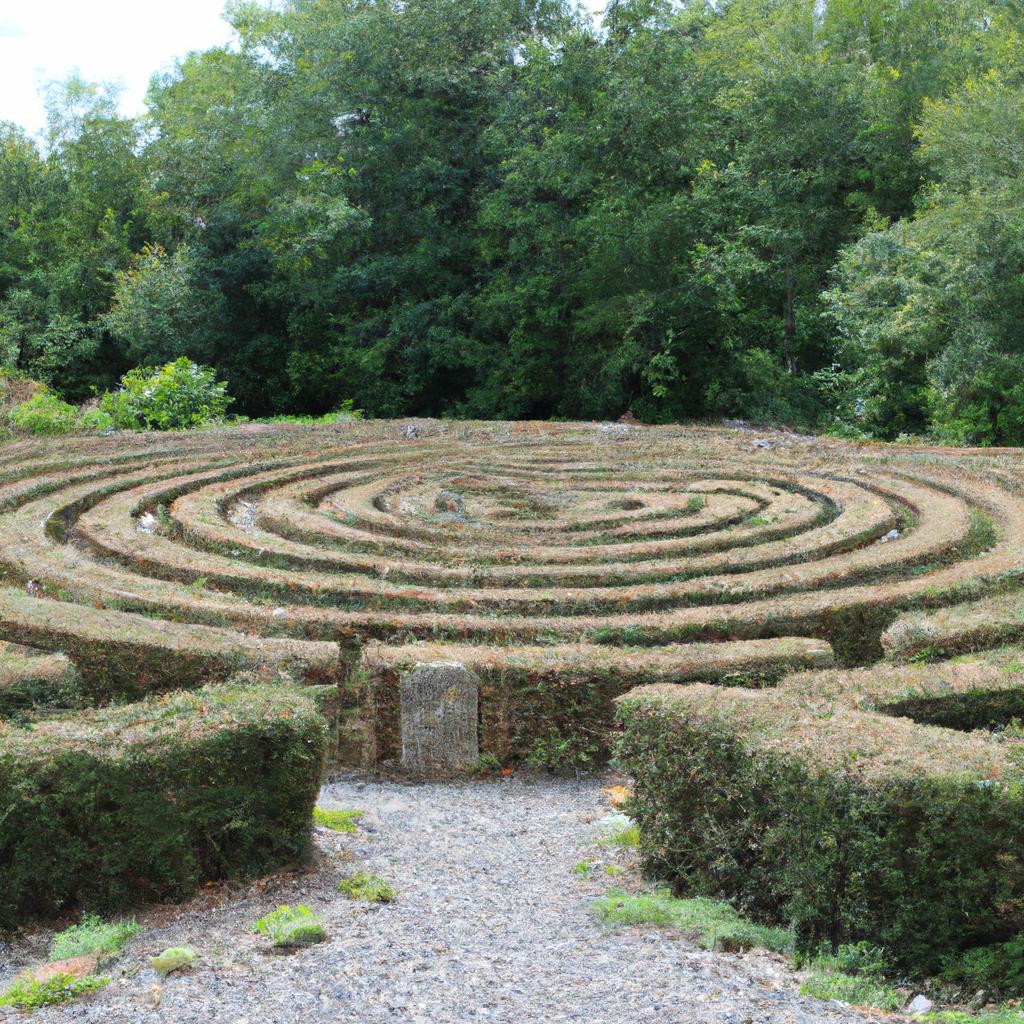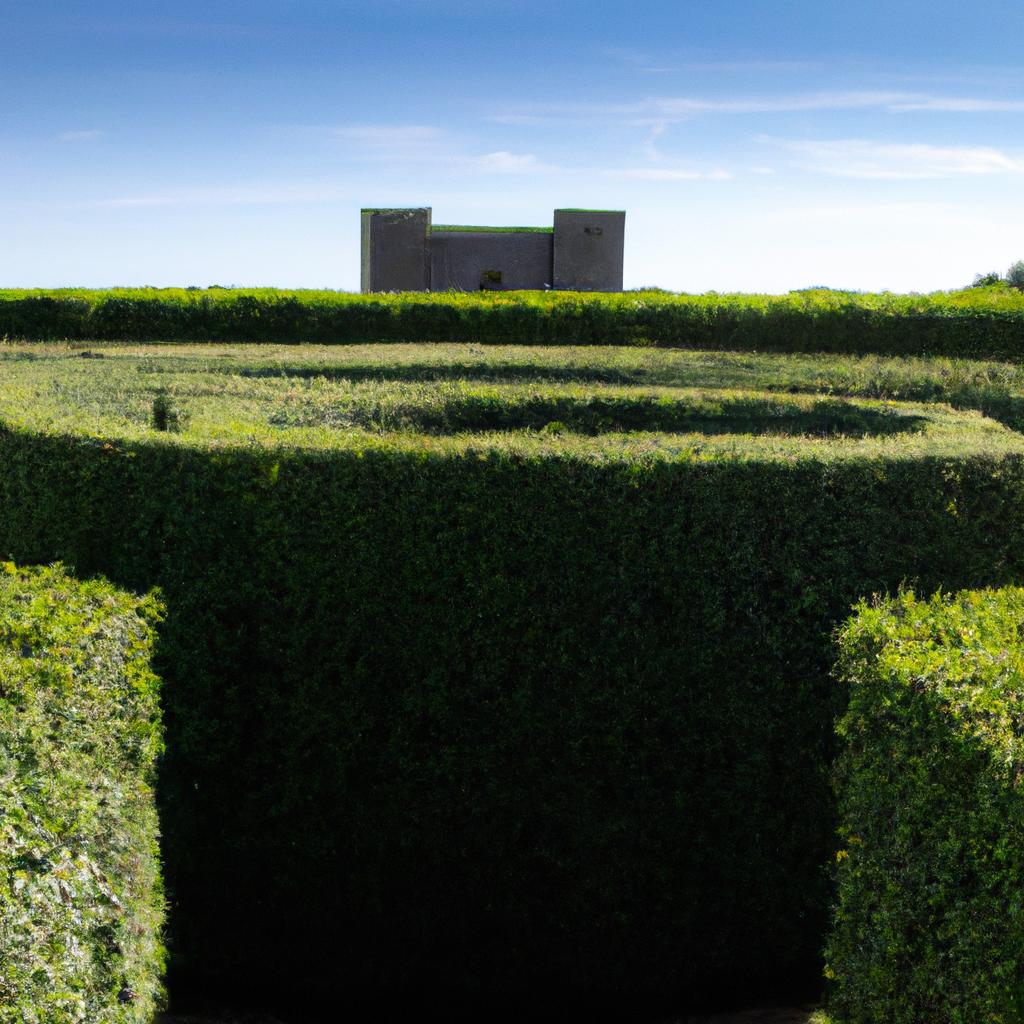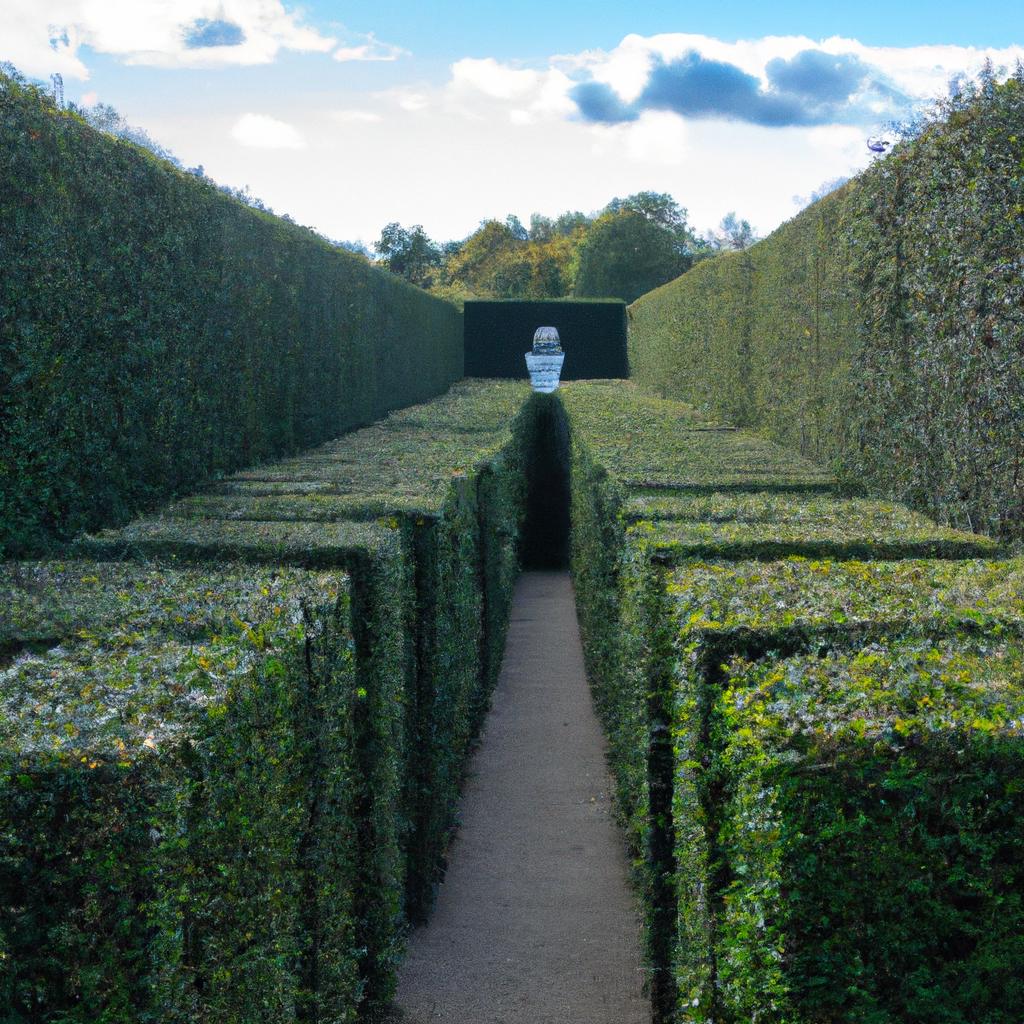Discover the fascinating world of maze architecture and its significance throughout history. Explore famous mazes from England, France, and the USA.
When the word “maze” is mentioned, most people envision a labyrinthine puzzle designed to confuse and bewilder. However, maze architecture encompasses so much more than mere perplexity. It is a form of design that has fascinated and enchanted individuals for centuries, creating spaces that are both captivating and unforgettable.
Maze architecture involves the artful arrangement of walls, hedges, and other boundaries to construct intricate and complex labyrinths for people to navigate. These structures are not only used for recreational purposes but also serve as mental challenges for those who dare to explore them.
The history of maze architecture harks back to ancient times, with the first known mazes found in Egypt and Greece. In these civilizations, mazes were employed for religious and spiritual purposes. Over time, their popularity spread throughout Europe, and they became a common feature in gardens and parks.
Even today, maze architecture continues to find new applications. From expansive tourist attractions to intimate private gardens, this design continues to captivate and inspire people all over the world. In this article, we will delve into the fundamental elements of maze architecture, unravel the benefits of this unique design, and explore renowned mazes from around the globe.
The Foundations of Maze Architecture

Maze architecture is a sophisticated design that demands meticulous planning and execution. Several key components shape the creation of a maze, including the strategic use of walls and hedges, the importance of symmetry and balance, and the impact of color and texture.
The Ingenious Use of Walls and Hedges
Walls and hedges form the backbone of maze architecture, serving as crucial elements in creating a sense of enclosure and guiding visitors through the intricate pathways. While hedges, with their natural appeal, are preferred for their malleability, walls offer permanence and can be fashioned from diverse materials such as stone, brick, or wood.
The Significance of Symmetry and Equilibrium
Symmetry and balance are paramount for a successful maze design. A labyrinth that lacks symmetry or exhibits imbalances can disorient and confuse visitors. To achieve a harmonious maze, designers meticulously consider the placement of walls and hedges, ensuring there are no dead ends or sudden turns that might lead adventurers astray.
The Aesthetic Impact of Color and Texture
The creative use of color and texture can elevate the overall aesthetic of a maze. Different types of hedges can contribute contrasting textures, while vibrant flowers or foliage can infuse the design with lively accents. Skillfully implemented lighting further enhances the enchanting atmosphere, especially when intertwined with color and texture.
When these elements are thoughtfully combined and executed, the result is a maze that enthralls with both its visual splendor and its functional appeal, providing an engaging and memorable experience for all who traverse its paths.
The Advantages of Maze Architecture

Maze architecture offers benefits that extend beyond mere amusement, positively impacting both physical and mental well-being.
Fostering Physical Activity and Mental Stimulation
Navigating a maze necessitates physical exertion and mental stimulation. Wandering through the twists and turns of a maze presents an opportunity for exercise while simultaneously challenging the mind and keeping it sharp. It is an excellent way to immerse oneself in nature, breathe in fresh air, and engage in a mentally invigorating activity.
Cultivating a Spirit of Wonder and Exploration
Mazes are crafted to evoke mystery and captivate the imagination, fostering a sense of wonder and encouraging exploration in those who dare to venture within. They serve as catalysts for creativity and innovative thinking, driving individuals to expand their horizons and embrace new ideas.
Providing an Unforgettable and Exceptional Experience
Maze architecture promises a distinctive and unforgettable experience suitable for individuals of all ages. Whether visiting a grand-scale tourist attraction or exploring a cozy private garden, navigating a maze leaves an indelible mark. It offers an opportunity to forge lasting memories with loved ones and forge a deeper connection with nature in a joyous and engaging manner.
In conclusion, maze architecture offers a myriad of advantages that make it a valuable addition to any garden or park. From encouraging physical activity and mental stimulation to fostering a sense of wonder and exploration, maze architecture caters to a broad range of interests and desires.
The Future of Maze Architecture

Though maze architecture boasts a history spanning centuries, technological advancements open up new horizons and possibilities for this captivating design.
Embracing Technology and Interactive Features
Maze architecture is evolving by incorporating technology and interactive features. Designers can now employ augmented reality to create virtual maze experiences that visitors can engage with using their smartphones or tablets. This technology allows for immersive encounters, enabling mazes to respond to users’ movements or voice commands.
Blending Maze Architecture with Other Design Elements
Maze architecture is also evolving through the fusion of other design elements. Combining a maze with a garden or park creates a more seamless and integrated experience. Alternatively, incorporating water features or unique sculptures into a maze design produces a truly one-of-a-kind encounter.
Expanding into Urban Spaces
While traditionally associated with gardens and outdoor spaces, maze architecture can break free from its constraints and find a place within urban areas. Public squares or plazas within cities can serve as canvases for marvelously designed mazes, offering residents and visitors a unique and engaging experience.
As maze architecture continues to evolve and expand, we can anticipate encountering even more exciting and innovative designs in the future. Whether designed for entertainment, education, or relaxation, mazes will undoubtedly continue to fascinate and inspire generations to come.
In Conclusion: Embark on a Tantalizing Journey through Maze Architecture

Throughout history, maze architecture has been a captivating and timeless design, enchanting individuals across the ages. By artfully employing walls, hedges, and other barriers, this design encourages physical activity, mental stimulation, and a sense of wonder and exploration.
Noteworthy examples of maze architecture include the Hampton Court Palace Maze in England, the Labyrinth in Chartres Cathedral in France, and the Maize Maze in Pennsylvania, USA. These mazes have become iconic landmarks, attracting visitors from around the world.
At TooLacks, we embrace the power of nature and design to inspire and enthrall. Maze architecture represents just one way individuals can connect with the world around them in fresh and exhilarating ways. We hope this article has piqued your curiosity and motivated you to embark on your own adventure within the captivating realm of maze architecture.
TooLacks – Rediscover the wonders of maze architecture with us.



